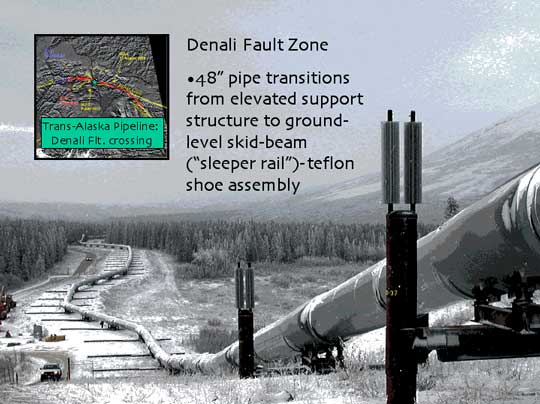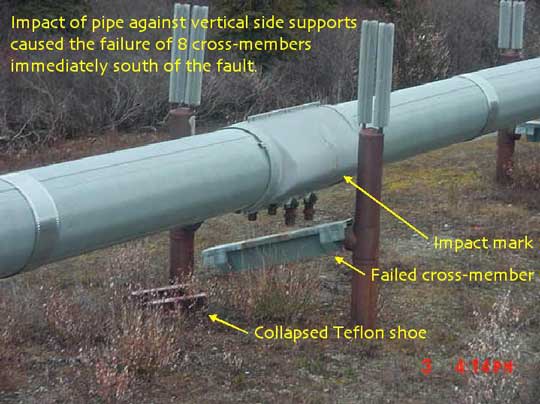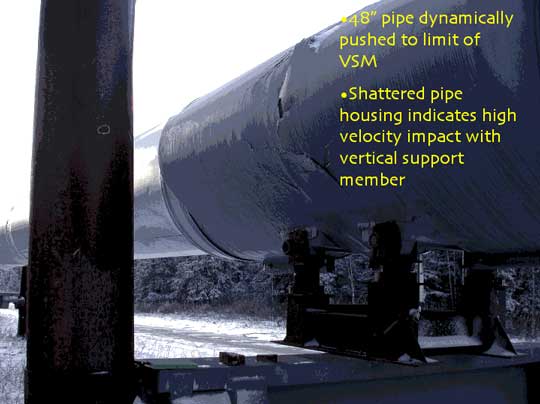WORLDWIDE DISASTERS
COMPARE RESULTS OF EARTHQUAKES
AND VOLCANO EXPLOSIONS
TIDAL WAVES AND TSUNAMIS
|
The earthquake of December 25, 2004, was considered a major disaster but dismissed because it was half a world away. Earthquakes occurred in the middle east over the past few months and many people died or were left homeless. Tsunamis occur regularly around the hot rim of the Pacific Ocean. However, the tsunami that resulted from the volcanic explosion on the northwestern end of Sumatra brought out the best of the human race. Many countries came forward with assistance of technology, people, and money. Concerns are many. The World Health Organization (WHO) estimated there were more than half a million people injured and in need of medical care in six nations. Fears grew that diseases like cholera and malaria would break out among the five million displaced.
|
|
What is a tsunami? A tsunami (pronounced tsoo-nah-mee) is a wave train, or series of waves, generated in a body of water by an impulsive disturbance that vertically displaces the water column. Earthquakes, landslides, volcanic eruptions, explosions, and even the impact of cosmic bodies, such as meteorites, can generate tsunamis. Tsunamis can savagely attack coastlines, causing devastating property damage and loss of life. Word origin Tsunami is a Japanese word with the English translation, "harbor wave." Represented by two characters, the top character, "tsu," means harbor, while the bottom character, "nami," means "wave." In the past, tsunamis were sometimes referred to as "tidal waves" by the general public, and as "seismic sea waves" by the scientific community. The term "tidal wave" is a misnomer; although a tsunami's impact upon a coastline is dependent upon the tidal level at the time a tsunami strikes, tsunamis are unrelated to the tides. Tides result from the imbalanced, extraterrestrial, gravitational influences of the moon, sun, and planets. The term "seismic sea wave" is also misleading. "Seismic" implies an earthquake-related generation mechanism, but a tsunami can also be caused by a nonseismic event, such as a landslide or meteorite impact. Tsunami explained Tsunamis are unlike wind-generated waves, which many of us may have
observed on a local lake or at a coastal beach, in that they are characterized
as shallow-water waves, with long periods and wave lengths. The wind-generated
swell one sees at a California beach, for example, spawned by a storm
out in the Pacific and rhythmically rolling in, one wave after another,
might have a period of about 10 seconds and a wave length of 150 m.
A tsunami, on the other hand, can have a wavelength in excess of 100
km and period on the order of one hour. Information from www.geophys.washington.edu |
TSUNAMI OCCURRENCES AROUND THE WORLD
|
November 4, 1952 - off the coast of the
Kamchatka Peninsula, Russia. 1960 - off the coast of Chile March 28, 1964 - Prince William Sound
of Alaska June 3, 1994 - off the southeastern coast
of Java An international tsunami survey team, composed of tsunami scientists and engineers from Indonesia, Italy, Japan, Thailand, and the United States, visited the impacted areas of Bali and Java from June 20 to June 25, 1994. The survey team observed the most severe tsunami damage along the southern coast of East Java. Significant earthquake-induced ground shaking was not experienced by the coastal residents interviewed in Bali and Java, suggesting that this tsunami may have generated by a tsunami earthquake. November 15, 1994 - near Verde Island,
Philippines February 21, 1996 - northern coastal region
of Peru July 17, 1998 - north central coast of
Papua New Guinea November 3, 2002 - Alaska along
the Denali Fault
|
|
How do earthquakes generate tsunamis? Tsunamis can be generated when the sea floor abruptly
deforms and vertically displaces the overlying water. Tectonic earthquakes
are a particular kind of earthquake that are associated with the earth's
crustal deformation; when these earthquakes occur beneath the sea,
the water above the deformed area is displaced from its equilibrium
position. Waves are formed as the displaced water mass, which acts
under the influence of gravity, attempts to regain its equilibrium.
When large areas of the sea floor elevate or subside, a tsunami can
be created. |
--------------------------------------------------------------------------------


